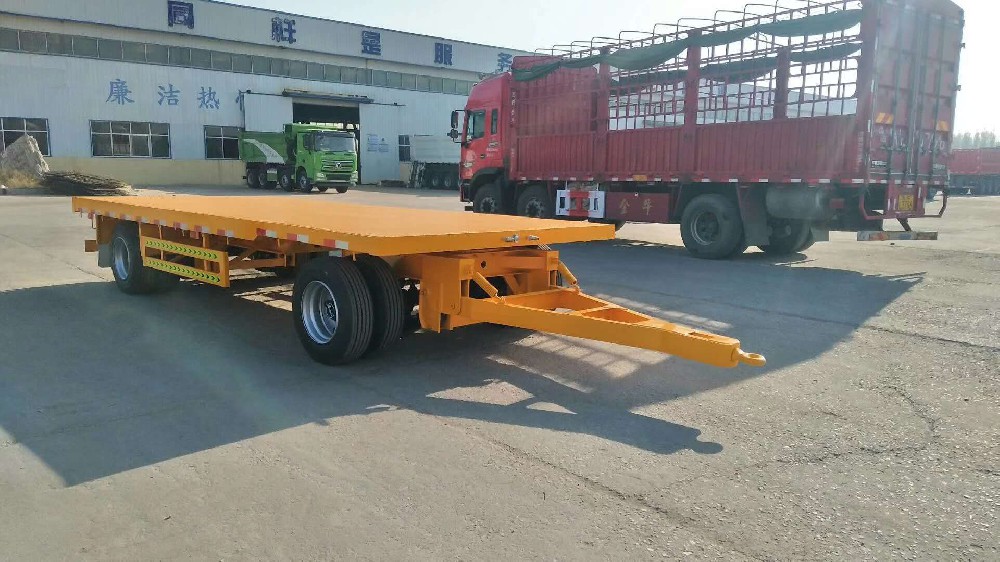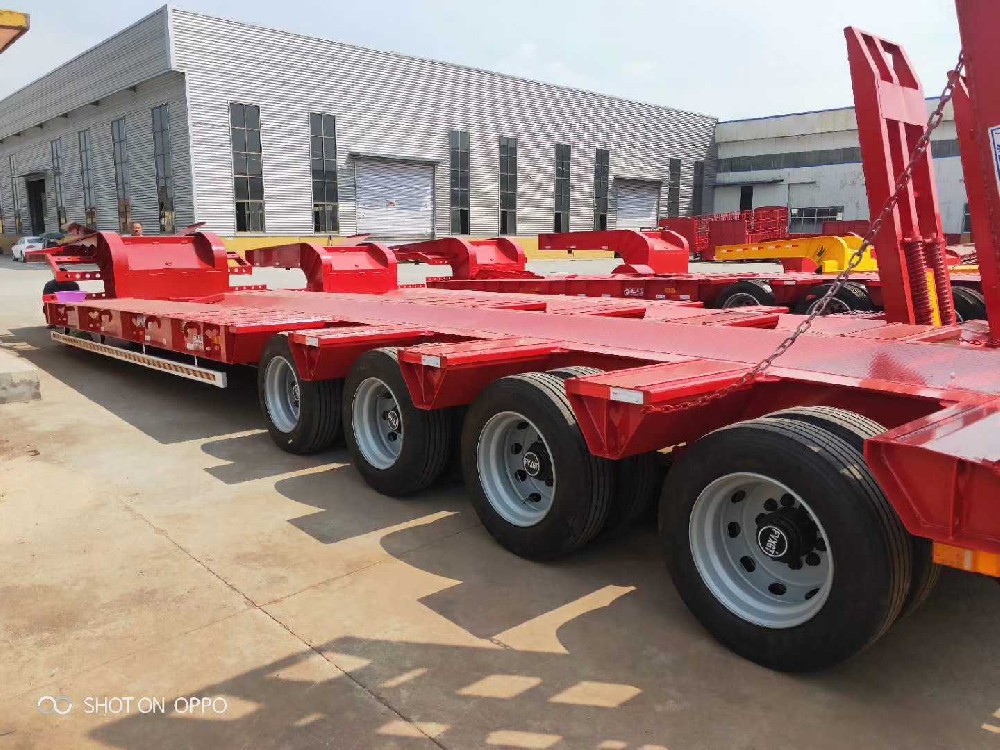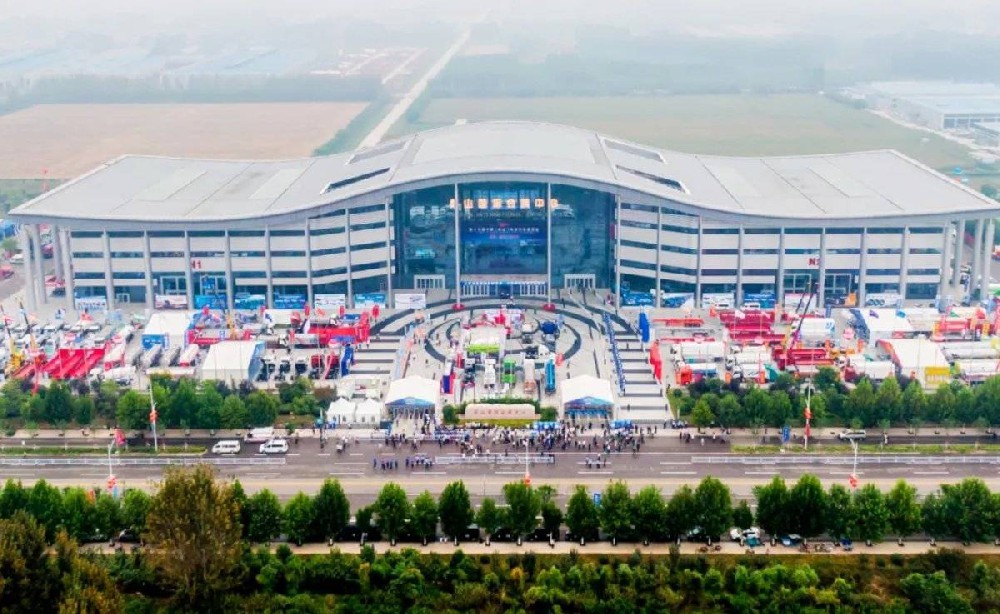This structure has three characteristics: 1. The load is fully borne by the free body, and the locomotive is only connected with the hook; 2. The locomotive does not need to bear the trailer load, and only provides driving force to help the trailer get rid of the road friction; 3. The full trailer can increase the load of the truck, reduce fuel consumption, and thus reduce logistics costs.
In addition to the full trailer, there is also a semi-trailer, which is composed of a truck back connected to a semi-trailer, and they are supported on the truck through the traction seat of the semi-trailer. The most common semi-trailers are trailers and large container transport vehicles. The loading position of tank semi-trailer, plate semi-trailer, cargo box semi-trailer and semi-dump truck is the same as that of full trailer. The semi-trailer needs the locomotive to provide a support point, and the locomotive needs to bear part of the trailer load in addition to providing driving force. This is like two people carrying a board, the front person is a locomotive, the back person is a semi-trailer.
The full trailer and the semi-trailer differ in structure, but they both increase the load capacity of the truck and improve transportation efficiency by connecting the compartment at the back of the car. The feature of the full trailer is that the locomotive only needs to provide driving force and does not need to bear the trailer load, so fuel consumption and logistics costs can be reduced during the driving process. Semi-trailers require the locomotive to provide a support point, while bearing a portion of the trailer load, so in terms of cargo capacity and fuel consumption may be slightly inferior to the full trailer. However, the semi-trailer also has its own advantages, and different types can be selected according to needs, such as trailers, large cargo container transport vehicles, tank semi-trailers, flat semi-trailers, cargo semi-trailers and semi-dump trucks, etc., to meet different transportation needs.
In short, the full trailer and semi-trailer are to increase the cargo capacity and transportation efficiency of the truck by adding a carriage to the rear of the car. The advantage of the full trailer is that the locomotive only needs to provide driving force, reducing fuel consumption and logistics costs, while the semi-trailer requires the locomotive to provide a support point, while bearing a part of the trailer load. When choosing which trailer to use, it needs to be determined according to specific needs. Whether it is full trailer or semi-trailer, they are an integral part of the motor transport industry.
 Chinese
Chinese English
English





